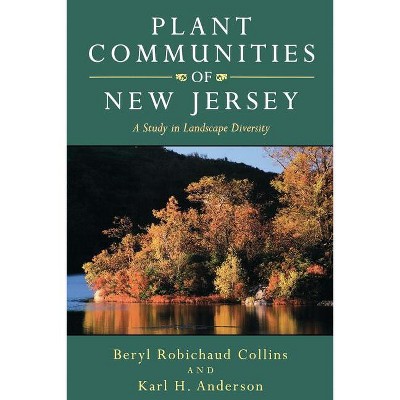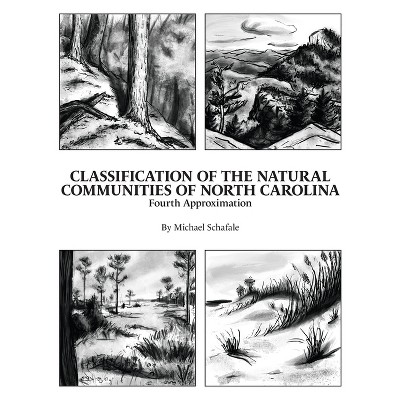Sponsored

Sustaining Young Forest Communities - (Managing Forest Ecosystems) by Cathryn Greenberg & Beverly Collins & Frank Thompson III (Hardcover)
In Stock
Sponsored
About this item
Highlights
- This edited volume addresses a rising concern among natural resource scientists and management professionals about decline of the many plant and animal species associated with early-successional habitats, especially within the Central Hardwood Region of the USA.
- Author(s): Cathryn Greenberg & Beverly Collins & Frank Thompson III
- 312 Pages
- Science, Life Sciences
- Series Name: Managing Forest Ecosystems
Description
About the Book
Early successional habitats are disappearing as abandoned farmland, pastures, and cleared forest patches return to forest. This book synthesizes current knowledge and original research to address key issues such as carbon sequestration and sustainability.
Book Synopsis
This edited volume addresses a rising concern among natural resource scientists and management professionals about decline of the many plant and animal species associated with early-successional habitats, especially within the Central Hardwood Region of the USA. These open habitats, with herbaceous, shrub, or young forest cover, are disappearing as abandoned farmland, pastures, and cleared forest patches return to forest. There are many questions about "why, what, where, and how" to manage for early successional habitats. In this book, expert scientists and experienced land managers synthesize knowledge and original scientific work to address questions on such topics as wildlife, water, carbon sequestration, natural versus managed disturbance, future scenarios, and sustainable creation and management of early successional habitat in a landscape context.From the Back Cover
There is a rising concern among natural resource scientists and managers about decline of the many plant and animal species associated with early successional habitats, especially within the Central Hardwood Region. Open sites with grass, herbaceous, shrub, or incomplete young forest cover are disappearing as abandoned farmland and pastures return to forest and recently harvested or disturbed forests re-grow. There are many questions about "why, what, where, and how" to manage for early successional habitats. Tradeoffs among ecological services such as carbon storage, hydrologic processes, forest products, and biotic diversity between young, early successional habitats and mature forest are not fully understood. Personal values and attitudes regarding forest management for conservation purposes versus "letting nature take its course," complicate finding common ground on whether and how to create or sustain early successional habitats. In this book, expert scientists and experienced land managers synthesize knowledge and original scientific work to address critical questions sparked by the decline of early successional habitats. We focus on habitats created by natural disturbances or management of upland hardwood forests and discuss how they can be sustainably created and managed in a landscape context. Together, chapters written by ecologists, conservationists, and land managers provide a balanced view of how past, current, and future scenarios affect the extent and quality of early successional habitat and implications for ecosystem services and disturbance-dependant plants and animals in upland hardwood forest of the Central Hardwood Region.
Review Quotes
From the reviews:
"This book attempts to synthesize information from various fields about early successional habitats to help researchers and resource managers understand, sustain, and protect wildlife and plant species across these ecosystems. ... Chapters are thoroughly referenced with citation lists at the end of each. ... the book can serve as a useful practical management guide. Includes numerous black-and-white and color photographs, figures, and maps. Summing Up: Recommended. Upper-division undergraduates and above." (D. L. Richter, Choice, Vol. 49 (6), February, 2012)
"Sustaining Young Forest Communities is a good compilation of knowledge about an important forest ecosystem and belongs on the bookshelf of every natural resource practitioner tasked with managing this important resource. One of the principal benefits for anyone who reads this book is that it provides both a broad overview and a reference source for the various disciplines, particularly for those with which the reader is not familiar, allowing one to gain understanding of the opportunities and issues." (W. Keith Moser, Journal of Forestry, June, 2012)
Shipping details
Return details
Frequently bought together
Trending Non-Fiction

















